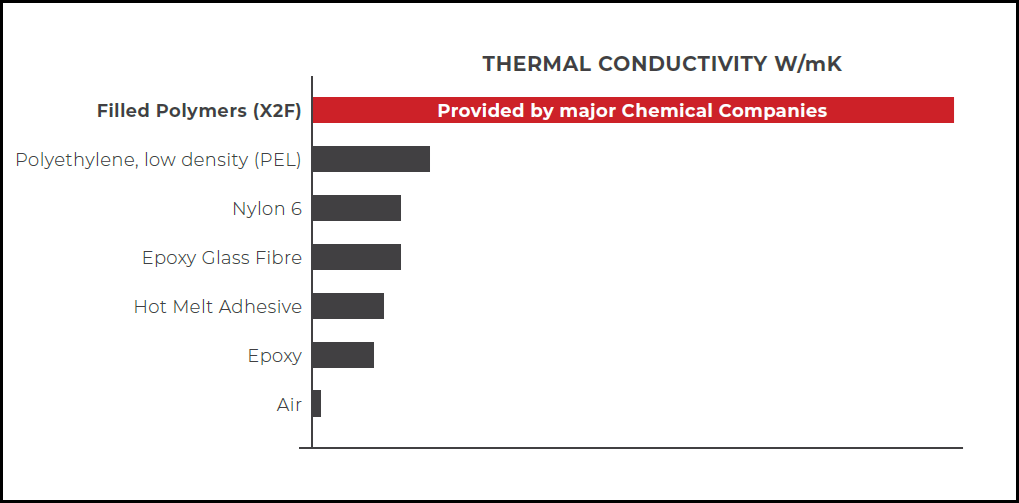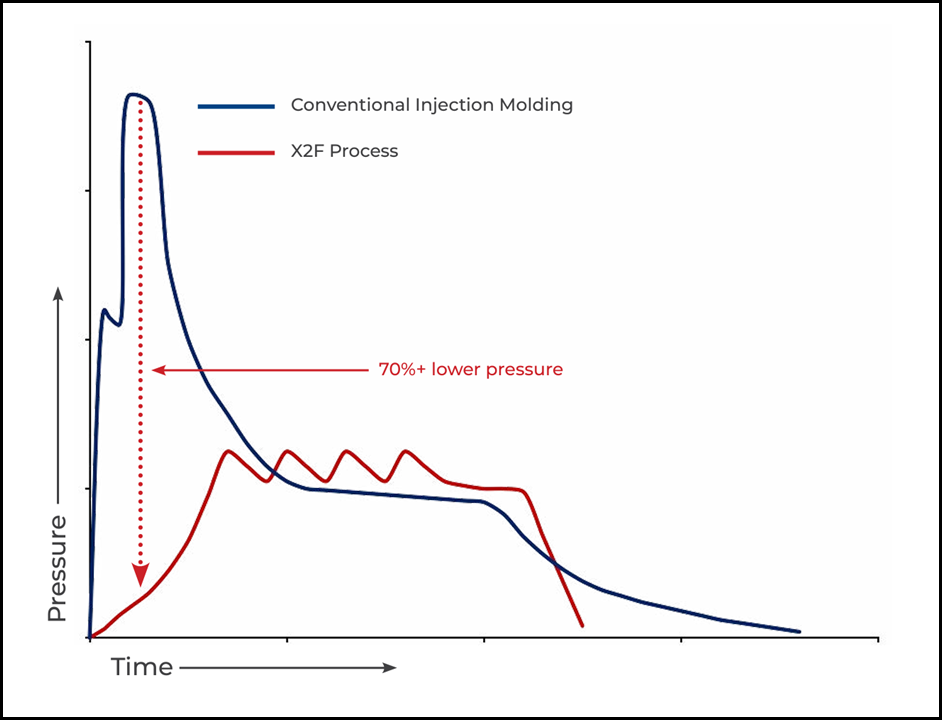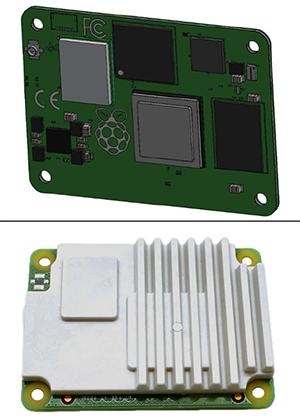Thermally Conductive Plastic for Cooling Electronics

X2F’s patented CVM process enables the molding of highly filled TC materials

X2F CEO Mike Slowik
All electronics generate heat, and over time, heat builds up creating the potential for heat-related failures. As a result, battery management systems are used in everything that’s rechargeable –– from power tools and consumer electronics to e-bikes to electric vehicles. This makes heat management critical.
As these devices get more powerful, users want them to become smaller, charge faster, and last longer. The heat in these devices has to be dissipated.
Building a (Heat) Bridge for Cooling Electronics
Traditional approaches to protecting the electronics –– such as potting, conformal cooling, and conventional injection molding –– have tended to insulate them from the heat. But one Loveland, Colo.-based company has developed a different approach that involves building a heat bridge to pull the heat out.
Founded in 2018, X2F (an abbreviation of its name Extrude to Fill) has developed a patented process it calls Controlled Viscosity Molding, or CVM. The firm says its process enables the over-molding of electronics and batteries with highly filled, thermally conductive polymer composites –– something that has traditionally been difficult to do.

This graph illustrates the low pressure exerted by X2F’s Controlled Viscosity Molding (CVM) process compared to that of traditional injection molding. This makes it more suitable for overmolding TC resins on sensitive electronic components.
This, notes X2F CEO Mike Slowik, provides “a game-changing, cost-effective and time-efficient thermal management solution that also protects sensitive components from environmental contamination and mechanical stresses such as shock and vibration.”
Slowik, who worked from 2008 to 2016 for Novomer, a maker of high-performance green plastics, polymers and chemicals based on renewable feedstocks, says X2F’s technology yields stronger, more durable parts, and enhanced material properties.
X2F’s Custom Molding Machine

A popular application for CVM is these Raspberry Pi single-board computers. These small, inexpensive, UK-based products are becoming increasingly popular. The top image shows an unmolded board, and the bottom is an image of a board molded by X2F.
The company, which employs 15 at its Colorado headquarters, designed its own molding machine. In an interview at CES 2024 in Las Vegas, Slowik said that third parties manufacture about 90 percent of their machine’s components, but “we handle the confidential parts –– the extruder barrel and the software.”
The CVM technology uses a pulse-packing process that precisely modulates polymer viscosity and material flow into the mold cavity at 70 to 90 percent lower pressure than standard injection molding. X2F designed its CVM equipment specifically to mold at very low pressure, meaning it is “a significantly less harsh and abrasive molding process than injection molding.” This dramatically reduces the risks of unwanted defects, molded-in-stresses, and damage to sensitive components during over-molding.
This process, Slowik notes, helps to enable the easy molding of challenging materials such as ultrahigh-molecular-weight polyethylene (UHMWPE), carbon fiber-filled polymers (including nylon, polypropylene, PEEK, etc.), highly-filled glass polymers, and metal- and ceramic-filled thermally conductive polymers.
Replacing Aluminum with Thermally Conductive Plastic
Just last fall, X2F agreed to collaborate with German advanced materials supplier Covestro AG to develop a thermally conductive automotive heat sink with in-mold electronics using CVM technology. Using Covestro’s Makrolon TC grades of thermally conductive polycarbonates, X2F can mold a heat sink from plastic that is about half the weight of a typical cast aluminum part. This also significantly shortens the sometimes long and convoluted supply chain, e.g. for forming, or milling aluminum heat sinks.
The PC heat sink is part of an in-mold assembly that can be used to integrate LED modules directly into the headlamp housing. This eliminates the weight and labor associated with installing brackets, screws, thermal pastes, and adhesives.
“This can be a game-changer for OEMs,” X2F Senior Project Manager Reza Gharaee said at the time.
Additionally, X2F last year added a rotary table to its machine that it said reduces cycle times and opens up higher-volume CVM production. It said the rotary table enables X2F to produce up to 4 million parts per year with one unit, depending on the cycle time. And late last year, Slowik said, it added a remote monitoring feature for every CVM shot.
